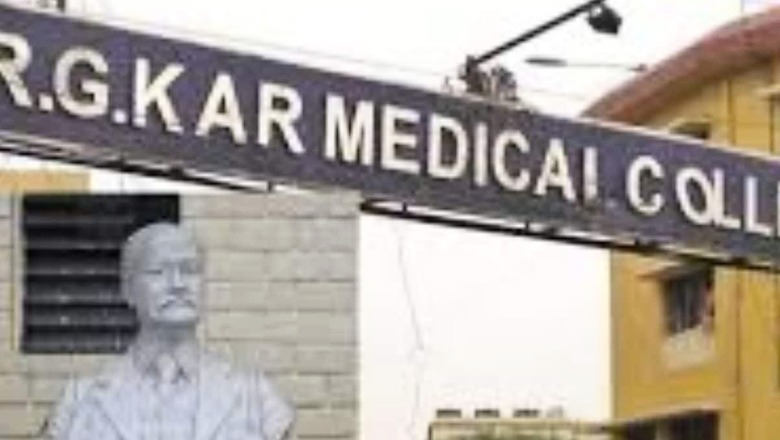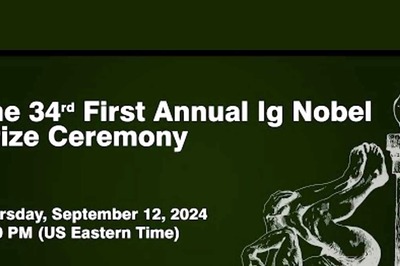
views
RG Kar Hospital in Kolkata is making headlines due to a tragic incident involving the sexual assault and murder of a medical student, which has sparked outrage across Bengal and the nation. People from all walks of life are demanding justice. This historic hospital’s name is now linked to a horrific event, but do you know the history of its creation and its founder?
It is said that during the 1899 plague epidemic, which had turned into a pandemic in Kolkata, an Irish woman roamed the lanes of North Kolkata, caring for the sick. A district health officer was also tirelessly working to save patients in North Kolkata. After some time, this Irish woman and the doctor met. To curb the spread of the plague and reduce the mortality rate, they worked together. That Irish woman was Sister Nivedita, and the doctor was Dr. Radhagobinda Kar. RG Kar Medical College and Hospital is one of Kolkata’s premier hospitals. The founder of this renowned hospital was Dr. Radhagobinda Kar of Bator in Howrah. He devoted his entire life to ensuring that the people of Bengal had access to medical care. The famous Kar house of Bator, a short distance from Ramrajatala Station in Howrah district, was his birthplace. He was born on August 23, 1850. After passing the entrance examination from Hare School, Radhagobinda Kar enrolled at Calcutta Medical College in 1880 to study medicine.
In 1883, he left Kolkata to study medicine in Scotland, and in 1887, he was awarded the MRCP from the University of Edinburgh. Although he had the opportunity to practice medicine abroad, he returned to Bengal. His father, Durgadas Kar, was a medical officer in undivided Bengal and had established Dhaka Mitford Hospital. Dr. Kar would ride his bicycle from Belgharia to Dum Dum, visiting houses and treating patients. He wore a cap and carried a canvas bag on his bicycle. He not only treated patients but also assisted them in various ways, even providing money to buy medicines. It’s remarkable to think that a doctor who had returned from England was so highly regarded by his impoverished patients.
As a doctor who had returned from England, he stood by the helpless poor of Bengal. At that time, medical education followed the European system, and Bengali students faced difficulties in studying medicine. He wrote several books on medical health, with his first book, Vishagbandhu, published in 1871. Later, he envisioned creating a hospital for the people of this country. To raise funds for the hospital, this doctor, who had returned from England, even resorted to begging. He would ask the wealthy of Kolkata for donations, standing at their gates during celebratory events and requesting contributions, saying, “If you could contribute some money, it would be a great help. I can build a hospital for everyone.”
He donated all his earnings as a doctor to establish the medical school and hospital. He purchased 12 bighas of land in Belgharia, where the hospital was built, and Belgharia Medical College was established. However, that name did not last long. On July 5, 1916, the two-story building of the medical college was inaugurated by Lord Carmichael, after whom the name was changed. Until independence, this medical education centre was known as Carmichael Medical College. In 1948, during a severe financial crisis, there was a demand to change the name again. However, the then Chief Minister of West Bengal, Bidhan Chandra Roy, did not allow it. It was his initiative that led to the college being named after Dr. Radhagobinda Kar, hence the name RG Kar.
Even today, there are two doctors from the Kar family. From the past to the present, the Kar family of Howrah has continued various activities for society and the common people. Regarding the recent incident at RG Kar Hospital, family member Partha Kar stated, “We are not seeking answers to any questions; we are seeking a swift resolution to the current problem. The hospital was established with a noble purpose, and it should continue to serve the people of Bengal. We hope that the hospital does not face such problems again in the future.

















Comments
0 comment